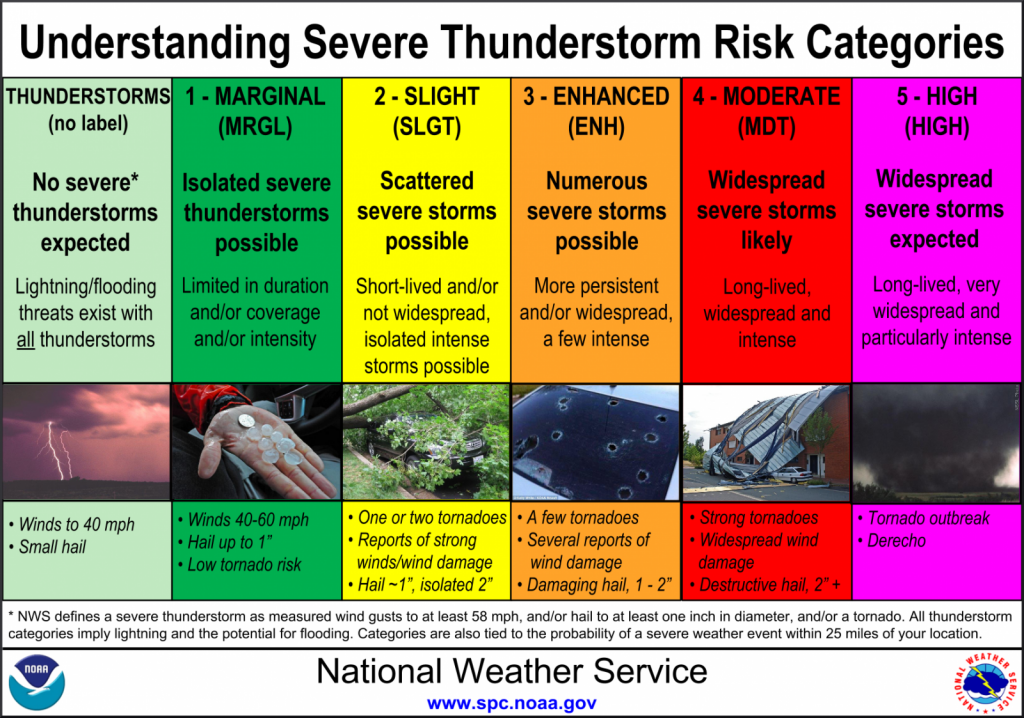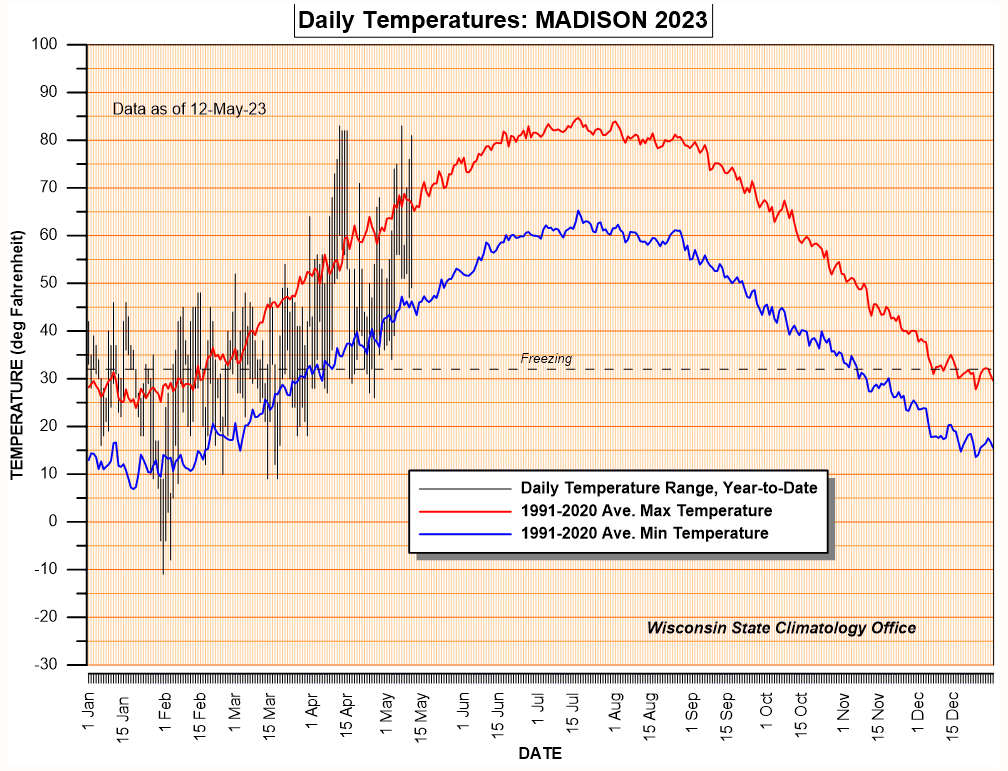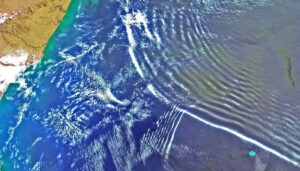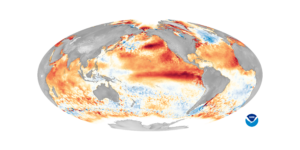This question comes from one of our readers, based on casual observation. It is always good to get data and analyze such a generalization to find the best answer. So, we turned to the Wisconsin State Climatology Office.
The National Weather Service records the number of thunderstorm days at several sites across the U.S. A thunderstorm day is when thunder or lightning is detected at least once during the day. Since the mid-1990s, the nation’s primary surface weather observation network is the Automated Surface Observing Systems, or ASOS program, which has essentially replaced human observers.
ASOS is a joint effort of the National Weather Service, the Federal Aviation Administration and the Department of Defense. These automated weather stations routinely measure temperature, humidity, winds, visibility and precipitation. Some ASOS sites also have a single-site lightning sensor. We can detect lightning by observing an optical flash or an electrical field change. If lightning is detected, a thunderstorm is in the area.
Additionally, two different networks in the United States — the National Lightning Detection Network and the Earth Networks Total Lightning Network — also detect lightning flashes. These two systems work by detecting radio waves generated by lightning strokes. Since 2016, a Geostationary Lightning Mapper instrument has flown on two weather satellites that map total lightning activity.
An analysis of the annual number of thunderstorm days at the Dane County Regional Airport in Madison shows no obvious trend, although the average number of thunderstorm days between 1990 and 2020 is a bit smaller than during the 30-year period of 1950-1980. An analysis of the number of thunderstorms in Green Bay and La Crosse does show a gradual decline in thunderstorm days. There are no upward trends in the number of thunderstorm days at these sites.
Steve Ackerman and Jonathan Martin, professors in the UW-Madison department of atmospheric and oceanic sciences, are guests on WHA radio (970 AM) at 11:45 a.m. the last Monday of each month. Send them your questions at stevea@ssec.wisc.edu or jemarti1@wisc.edu.






